2013 was another exciting and successful year for the Connecticut Fund for the Environment and its program, Save the Sound. We helped secure $1 billion for Connecticut’s Clean Water Fund to help towns pay for much-needed sewer system upgrades. We have been working on a number of land conservation projects, including thousands of acres in Old Saybrook and Litchfield County. We continued expanding our habitat restoration program, installing a new fishway complete with a fish camera on the Pequonnock River in Bridgeport. We rallied over 2400 volunteers to help clean up over 16,000 pounds of trash from nearly 60 miles of beaches and build eight rain gardens in Stonington. We piloted a water quality testing program in Mamaroneck Harbor, which led to the discovery and remedy of two major contamination sites. And we worked with state lawmakers to improve Connecticut’s Comprehensive Energy Strategy and protect the Renewable Portfolio Standard.
Continue reading below for more on CFE/Save the Sound’s 2013 successes!
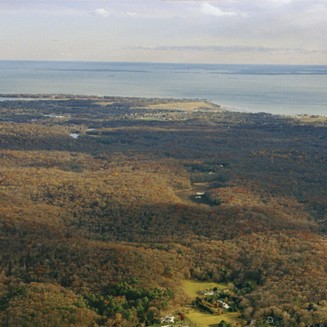
Credit: Bob Lorenz
Protecting Forests and Islands
Save the Sound has also been continuously working with state officials and representatives from other non-profits toward the purchase and permanent protection of “The Preserve”, a 1,000-acre coastal forest and wetland in Old Saybrook and Essex. The last major unprotected habitat of its kind in southern New England, The Preserve has over 100 wetland acres, is home to rare wildlife and plant including six state-listed species of special concern, and offers boundless opportunities for recreation and enjoyment. Follow a timeline of CFE’s continued efforts to halt development at The Preserve since 2003 with Part 1 and Part 2.
Save the Sound is working closely with a coalition of conservation groups on the permanent protection of Plum Island, an 800-acre island off the eastern end of Long Island. Currently federally-owned, for decades Plum Island served as a de facto nature preserve for piping plovers, terns, seals, and more. With the federal research facility currently on the island slated to move to Kansas, Plum Island’s acres of wild beaches, dunes, wetlands, marshes, and forests could be up for sale to highest bidder. Save the Sound and our partners are developing a conservation action plan that would protect Plum Island from development and make it an official part of the National Wildlife Refuge system. Plum Island will be a major focus of CFE/Save the Sound in 2014 and beyond.
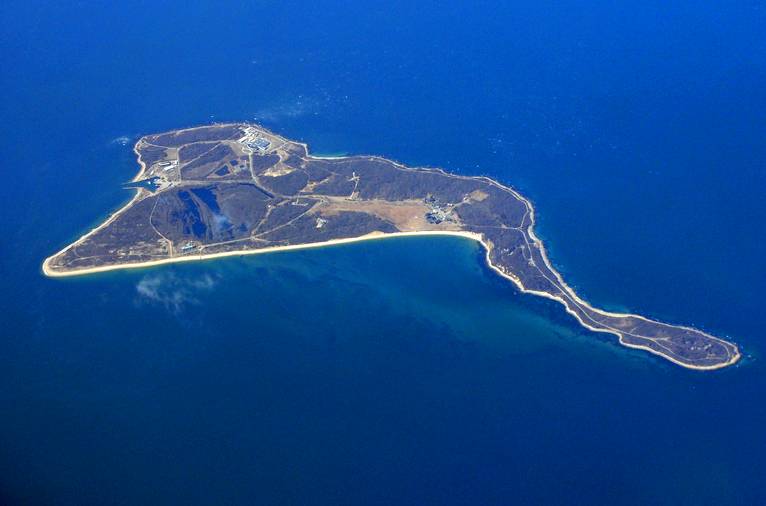
Credit: Wikimedia Commons
Save the Sound has been instrumental in permanently preserving an additional 1000 acres of pristine forest and wetlands over the last couple of years. In 2013, these lands in Litchfield and Fairfield counties were protected from private sale by utility companies thanks to CFE/ Save the Sound attorneys who intervened and teamed up with the Attorney General and the Commissioner of DEEP. These forests and wetlands protect and clean our rivers and streams flowing from the Litchfield Hills, surround the Connecticut River, contain an embayment on the Niantic River, and flow into a coastal creek in Fairfield County.
Cleaning Our Air and Promoting Clean Energy
CFE worked with state leaders to increase energy efficiency funding through our Connecticut’s Comprehensive Energy Strategy. We also defended our Renewable Portfolio Standards against dilution. Strong efficiency and renewable energy programs not only reduce the need to burn dirty fossil fuels, but also create local jobs in fields such as solar plan installation and home insulation.
CFE worked with Connecticut’s Public Utilities Regulatory Authority to have repair and improvement projects given priority over new expansion projects in the recent natural gas expansion decision. Aging gas mains lead to cracked pipes and polluting methane gas emissions so it is essential to make sure the system we already have is in good shape before expanding to new areas.
We also continued to bring attention to the devastating environmental justice impact the Bridgeport Harbor coal plant has had on the residents of the city’s South End. It remains clear that the plant will need to shut down in the near future and that stakeholders need to come together to plan for a prosperous, equitable coal-free Bridgeport.
CFE partnered with several New Haven non-profits and community groups to launch the Healthy City / Healthy Climate Challenge. The Challenge involves a five-part pledge aimed at responding to the challenge of climate change while improving the health of the New Haven community.

Working with building owners interested in leading the way toward broader and deeper energy efficiency gains, CFE worked with local leaders to pass laws that removed disincentives to operate fuel cells in New Haven and combined heat and power in Stamford.
Looking ahead to 2014, CFE is excited about the opportunity of establishing a “2030 District” in Stamford. First set up in Seattle and now with 5 districts around the country, a 2030 District is a high performance downtown area aimed at increasing efficiency and reducing impacts of building construction and operation. CFE has partnered with many local business leaders and groups with the goal of establishing “Stamford 2030” in the coming year.
Protecting Our Long Island Sound Regional Treasure
During 2013, CFE/Save the Sound and our Clean Water Investment Coalition worked with our Connecticut state lawmakers to help secure $1 billion in Clean Water funding for 2014 and 2015. This Clean Water Fund helps towns pay for needed sewer system upgrades that keep our beaches safe for swimming and improve water quality in the Sound.
2013 saw the installation of nine rain gardens at homes in Stonington thanks to help of over 120 volunteers. A rain garden is a depression that collects stormwater runoff from a roof, road, or yard and allows it to infiltrate into the ground. Typically planted with shrubs and perennials, they are colorful and environmentally-friendly additions to any landscape.
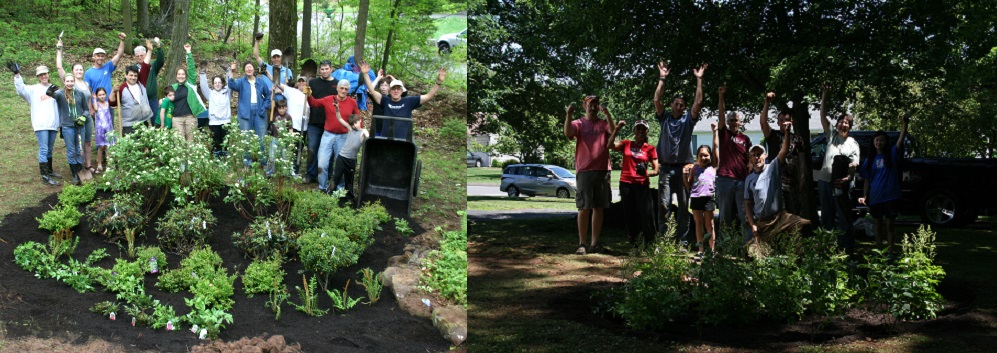
As part of International Coastal Cleanup, Save the Sound held 52 cleanups on some of Long Island Sound’s most popular beaches this fall, surpassing the 39 completed last year. In all, some 2,400 volunteers helped us clean over 16,000 pounds of trash from nearly 60 miles of the beaches we love.

Connecticut’s landscape is dotted with approximated 5,000 dams, a majority of which are on private property. Our state has employed just one dam inspector, not nearly sufficient to ensure all the dams are sound. In 2013, CFE/Save the Sound worked with state legislators to pass the Dam Safety Program Act, which now allows landowners to have their dams properly inspected by qualified private sector engineers.
Over 400 youth sailors in Westchester County took part in our new hands-on program for kids and got down and dirty with horseshoe crabs and other aquatic life while learning about Long Island Sound habitats and ways we can help protect them.
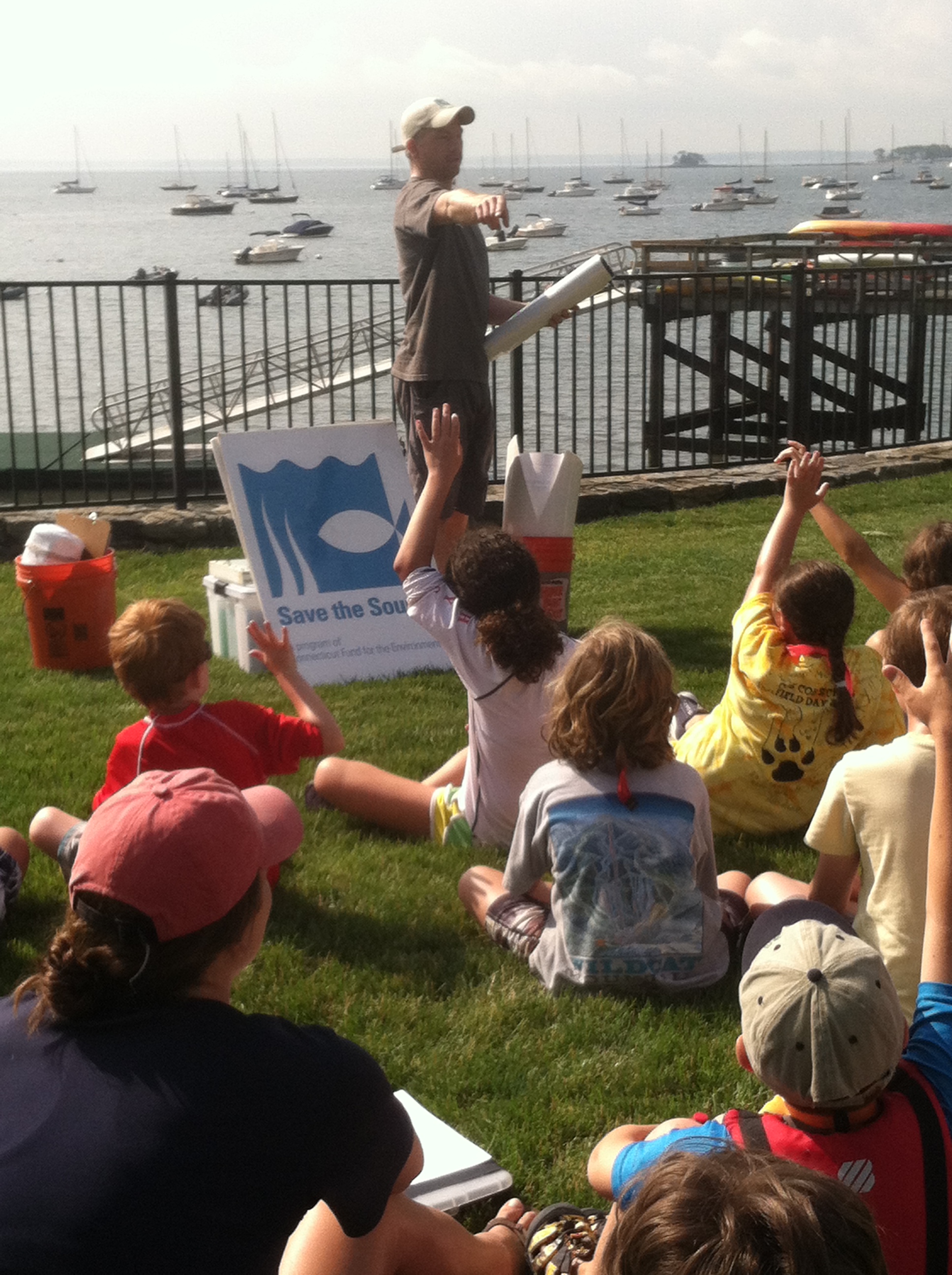
Healing the Western Long Island Sound
Our western Sound program has already achieved a great deal in just its first twelve months. We piloted a water quality testing program at 20+ sites in Mamaroneck Harbor. Diligent work by our volunteers led to the discovery and remedy of two serious pollution sources: an illegal bacteria filled grease discharge, running directly into the Mamaroneck River, and a broken, deteriorated forced sewer main that was constantly flushing raw sewage into Otter Creek, about a hundred feet away from the Shore Acres beach.
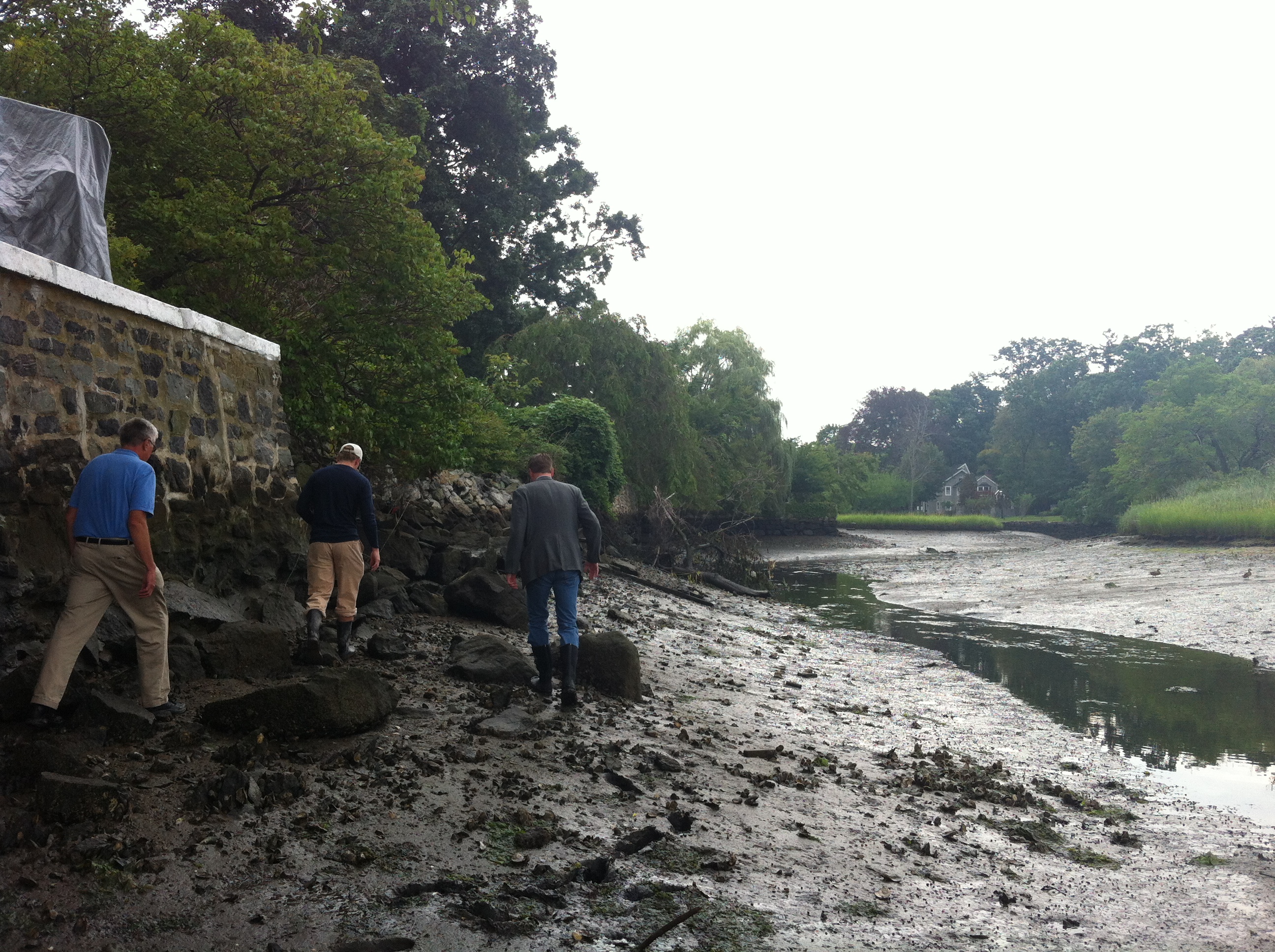
A few years ago, Save the Sound successfully worked with the EPA to require sewage treatment plants in the Long Island Sound region to reduce their nitrogen output by nearly 60% no later than 2014 in Connecticut and 2017 in New York. This year, we launched a five year program to hold these plants accountable to the new standards and to seek legal action when they are not. These nitrogen standards represent an important first step toward restoring the Sound and bringing back healthy fish and wildlife.
In 2013, we grew our activist network with over 500 new members, and launched a Sound Swim Alert system that provided real time updates about the too frequent closures and contamination at Westchester County beaches. We are looking forward to growing and expanding our western Sound program in 2014 with more water quality testing and increased educational efforts.
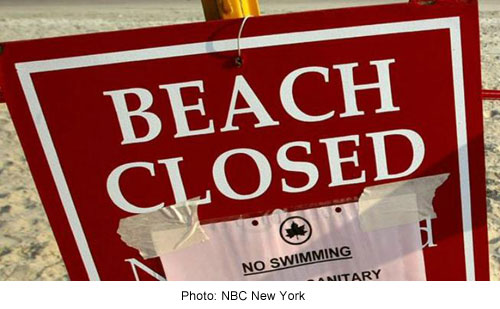
Increasing Transit & Transit-Oriented Development
In 2013, CFE worked with state lawmakers to approve a budget maintaining funding for bus transit and CTfastrak, the bus rapid transit route connecting New Britain and Hartford. The Legislature also approved an amendment that, effective 2015, requires all money in the Special Transportation Fund to be used only for transportation projects.
CFE also worked with transportation advocates to develop a candidate bulletin for use in the upcoming 2014 election, focusing on the need to protect transportation funds, expedite transportation project completion, and to plan for the future by investing wisely.
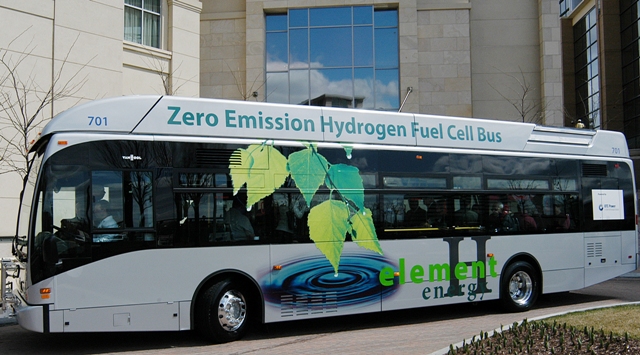
Credit: Connecticut Hydrogen-Fuel Cell Coalition
Our goals for next year including fighting to maintain and increase funding for bus transit, and working with allies to present critical information to elected officials, agency staff, and other stakeholders about the importance of bus transit to Connecticut’s economy, environment, and the mobility needs of all our residents.
Restoring Habitats
One of 2013’s biggest successes for our habitat restoration team was the Pequonnock River fishway and camera in Bridgeport. Completed in September, the new fishway allows river herring to migrate passed a concrete apron installed by the Department of Transportation in the 1950s and access breeding ponds farther upstream. We also installed a solar-powered camera that will be broadcast at Beardsley Zoo so visitors can learn about the native species swimming in our rivers. This project reopened nearly two miles of river and 33 acres of lake to river herring and migratory fish.
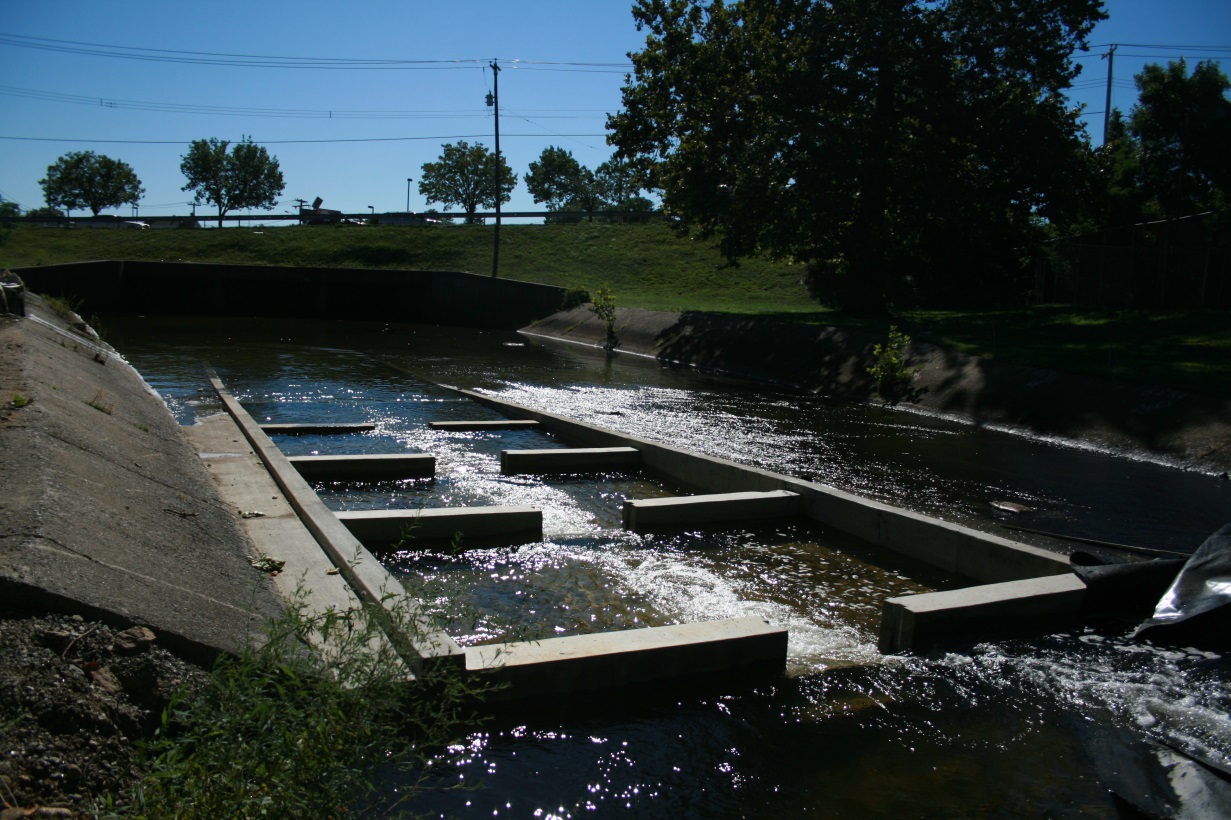
In another huge project completed in 2013, Save the Sound replaced two deteriorated culverts at Sunken Meadow on Long Island with an open channel and pedestrian bridge in the Sunken Meadow State Park in Kings Park. This allowed natural tidal flow to return to 132 aces of degraded salt marsh, which will deter invasive species and improve salt marsh health.
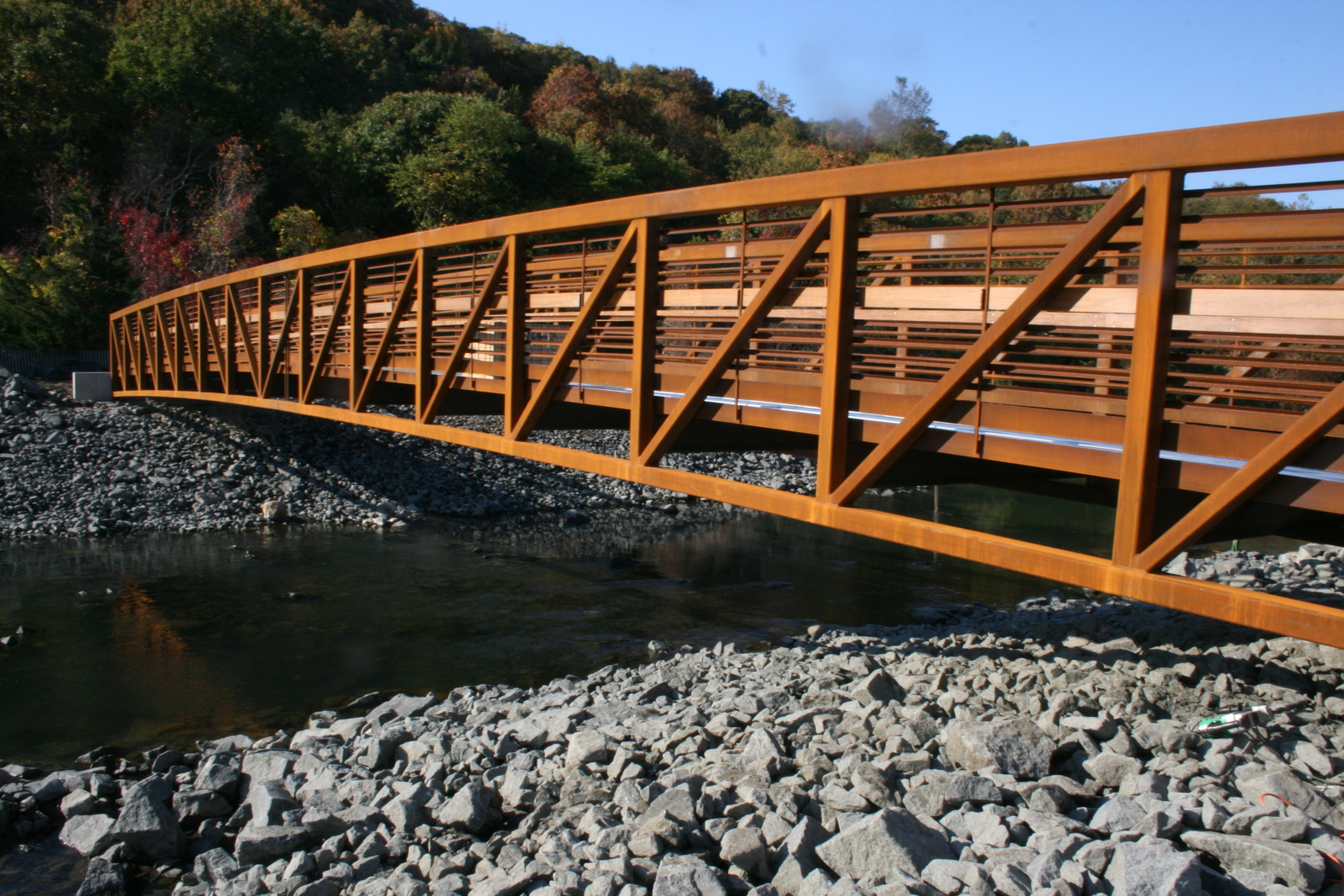
Looking ahead to 2014, Save the Sound has successfully secured funding for at least three more dam removals: Hyde Pond Dam in Mystic, and Carpenters and Clark Brothers dams on the Quinnipiac River. Dam removals not only let fish migrate upstream to spawn, but also help prepare for storms by reducing the risk of flooding or dam failure.
2013 proved to be a busy and successful for CFE/Save the Sound. We are excited about the work ahead in 2014 and continuing our efforts to protect and improve the land, air, and water of Connecticut and Long Island Sound!
Posted by Tyler Archer, outreach fellow for CFE/Save the Sound

This is a topiс that is close to my heart…
Many thanks! Where are your contact detaіls though?
Hi Clarita, sorry we missed your message! You can get in touch via our website: http://www.ctenvironment.org/about/contact-us.cfm